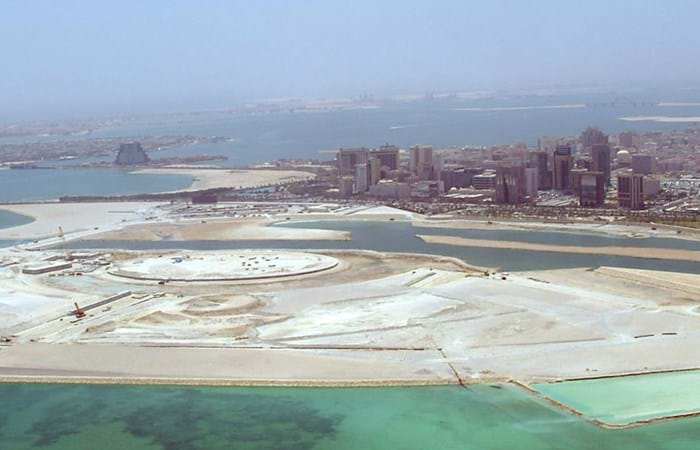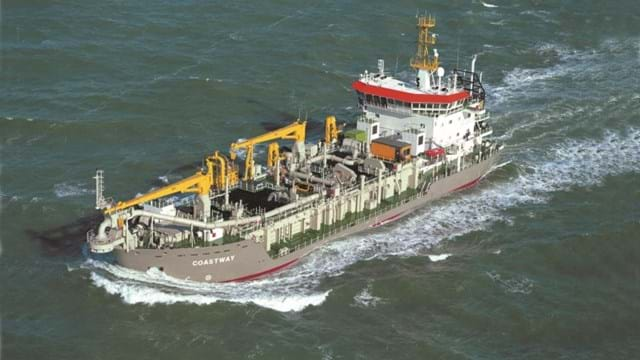The purpose of the project was to provide additional land to accommodate a section of a proposed new highway system to service the area and to relieve congestion on the corniche road. Boskalis appointed Hydronamic (the in-house engineering department of Boskalis) to provide detailed design and on site assistance with supervision of the sub-contractor for the rock works.
The contract for the North Manama Causeway project, situated in the Diplomatic area north of the capital Manama in the Kingdom of Bahrain, was secured by Boskalis Westminster Middle East through an open public tender process. A variation to the original contract scope required the design optimization and construction of a land mass which included a reclamation, revetments, five breakwaters, a dredged navigation channel and storm water outfalls. The integration of Hydronamic engineers into the Project Team brought together the technical insight and knowledge of the design team and the practical knowledge and experience of the Contractor. The project team developed innovative ideas to optimize rock protection design, leading to a successful and efficient construction with significant cost savings to the project.
Optimization during design and preparation phase
The contract variation was awarded on a lump sum basis and called for the design and construction of the land reclamation and associated rock and auxiliary works. Engineering department Hydronamic were engaged to execute the conceptual, preliminary, and detailed final design of the breakwaters and rock protection. The Environmental Impact Assessment (EIA) was prepared by Hyder Consulting. Hydronamic developed an Environmental Management Plan to meet the requirements set out in the EIA, and the Project Team implemented the plan during construction.

